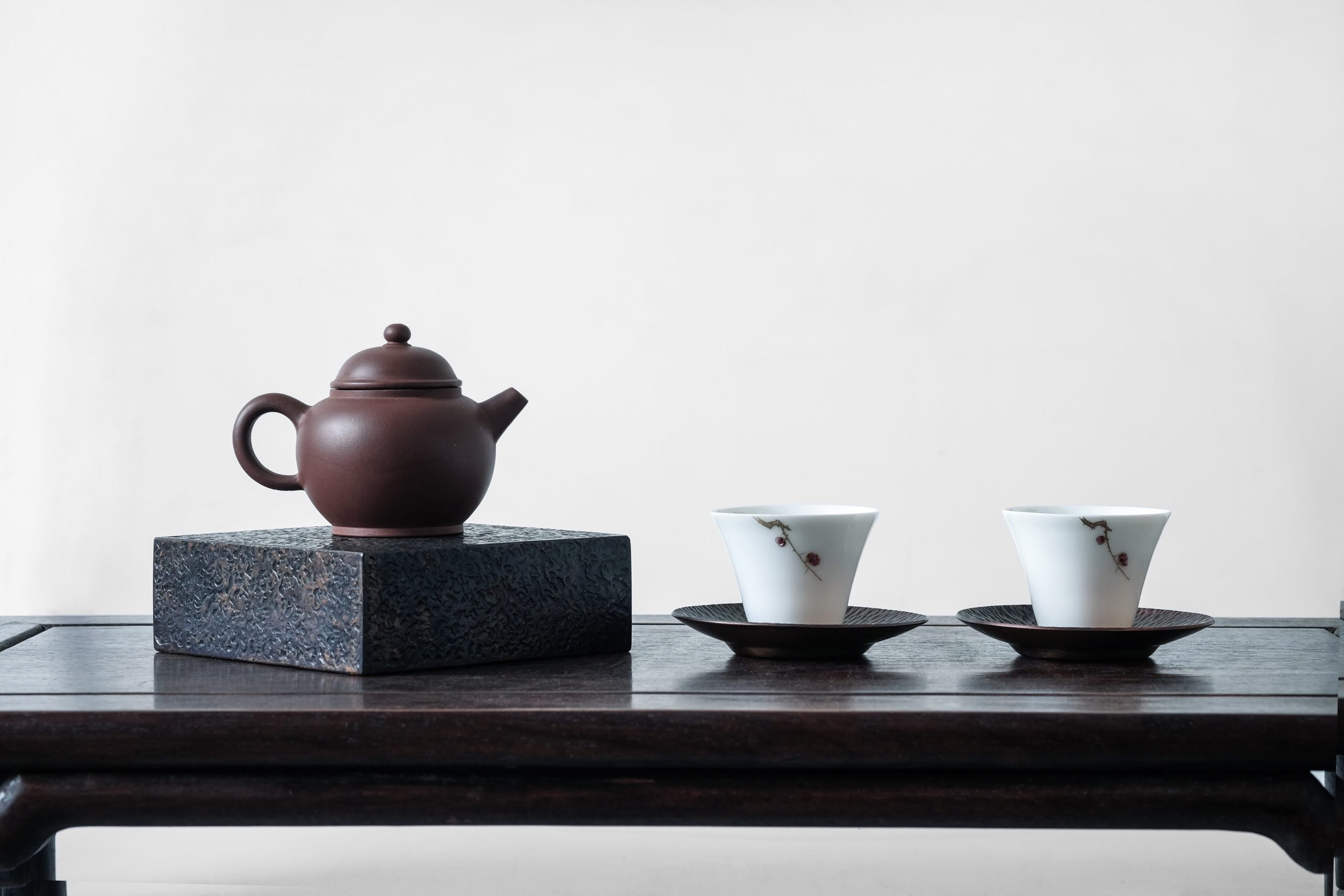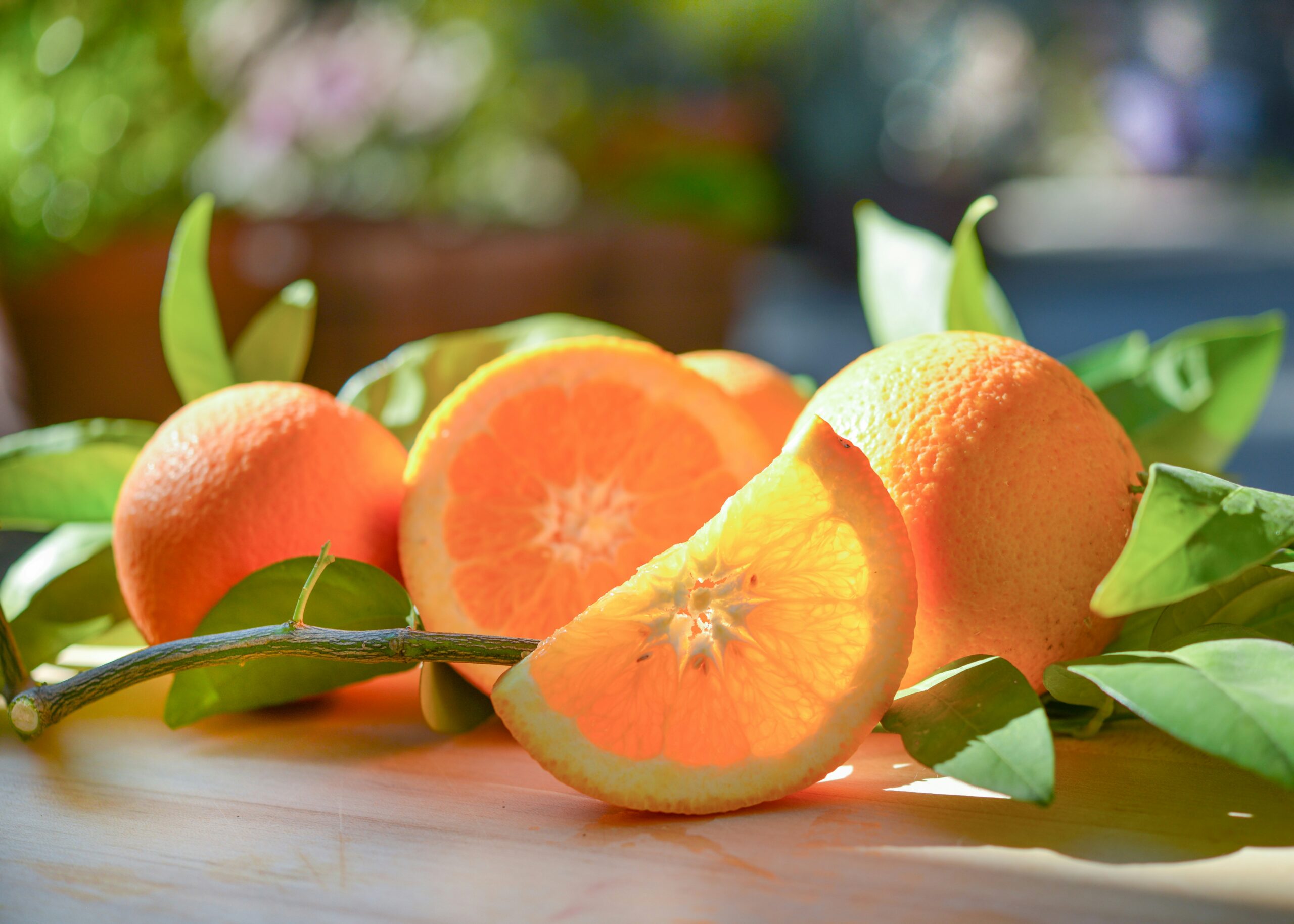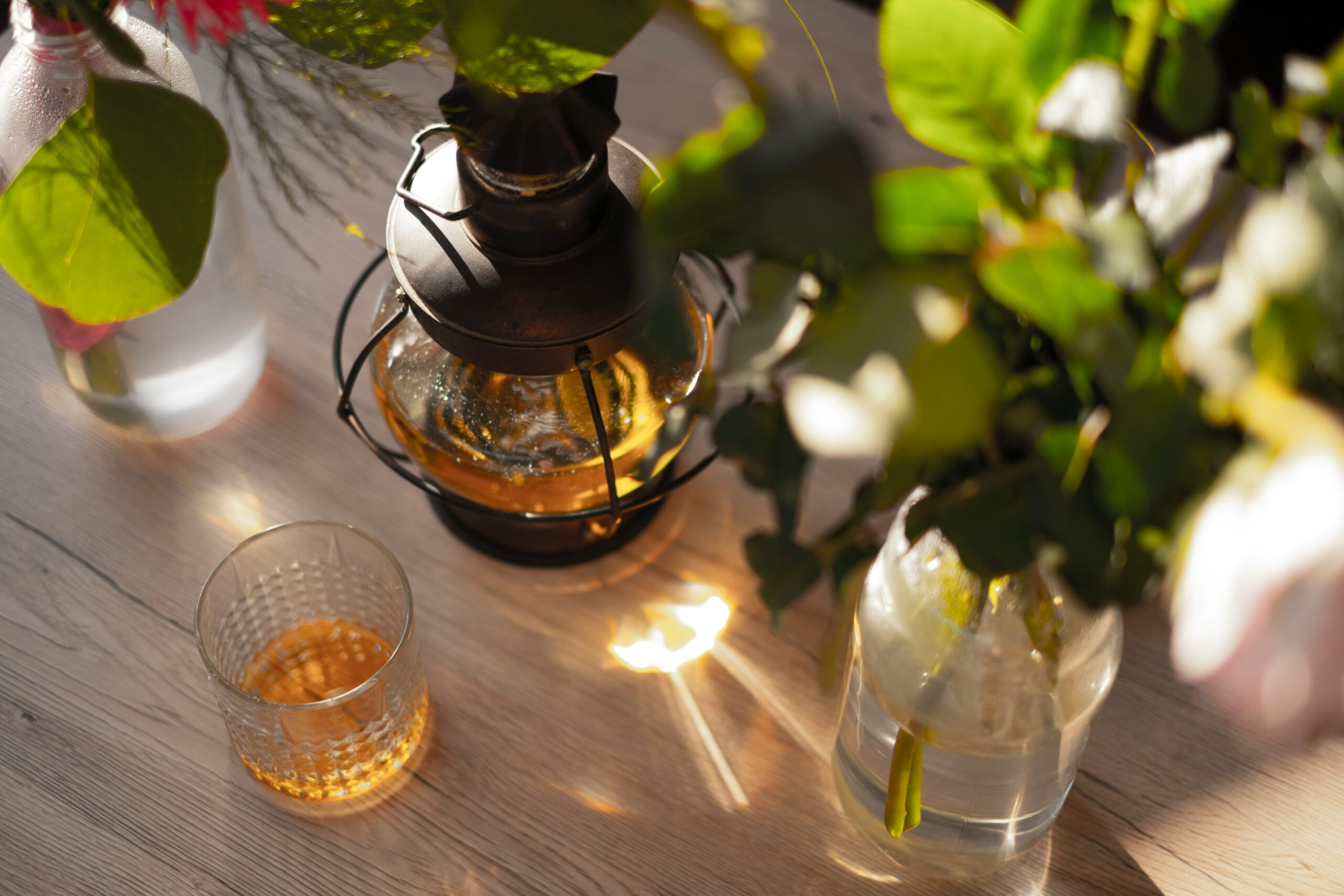What is Javanese Tea from Indonesia’s Java Island? A Guide to Its History and How to Brew It Perfectly
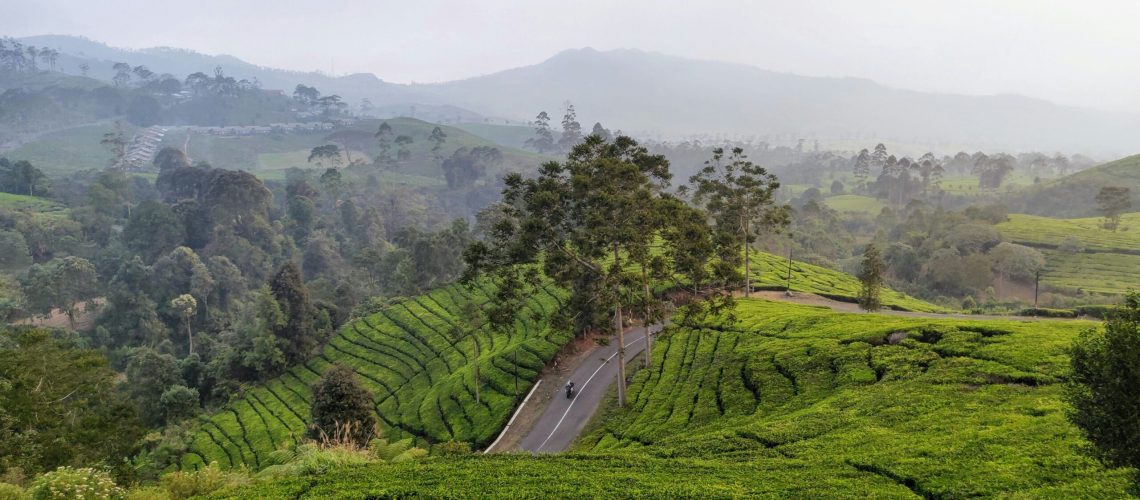
The world of tea offers a wide variety of origins and types, each with its own unique flavors and history. In this article, we will focus on “Javanese Tea” produced on Indonesia’s Java Island, and explore its history, characteristics, and tips on how to brew it perfectly.
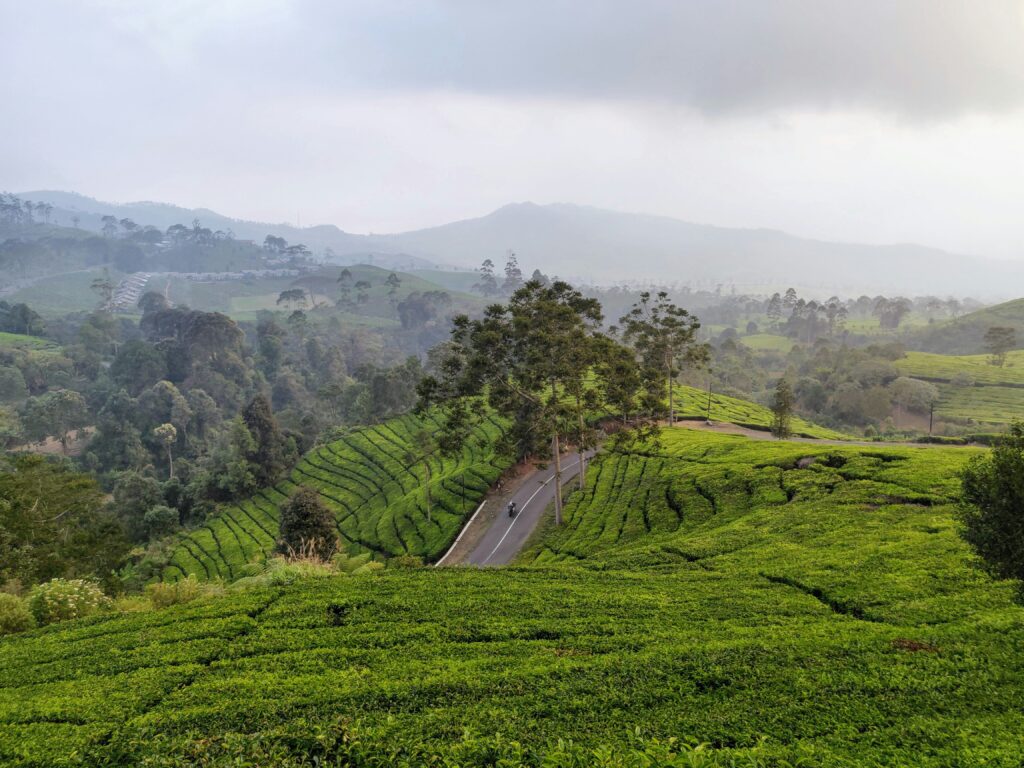
History of Javanese Tea
Javanese Tea is a type of tea produced on Indonesia’s Java Island, and it has a rich and unique history. Tea cultivation on Java Island began in the late 17th century during the Dutch colonial period, with tea plants imported from China. However, it wasn’t until the late 19th century, with the introduction of Assam tea plants, that tea cultivation became a significant industry. The tea is mainly grown in the highlands of West Java, at altitudes exceeding 1500 meters.
The production of Javanese Tea faced a decline after World War II and during the Indonesian independence war, which led to the destruction of many tea plantations. However, the tea industry revived in the 1970s with support from the World Bank and technical assistance from Sri Lanka. Today, Javanese Tea is consumed widely within Indonesia and is also exported to other countries.
Characteristics and Taste of Javanese Tea
Javanese Tea is known for its light and refreshing taste with mild astringency. It has a flavor profile similar to Sri Lankan Ceylon tea, with a clean and crisp aftertaste, making it a popular choice as a meal tea. The tea leaves are produced in various forms, including BOP (Broken Orange Pekoe) and CTC (Crush, Tear, Curl), and are consistently of high quality, gaining recognition worldwide.
Pairing Javanese Tea with Food
Javanese Tea’s light and refreshing taste makes it an excellent companion to a variety of dishes. It pairs particularly well with spicy Indonesian cuisine and fried foods, as its mild astringency and cooling effect enhance the flavors of the dishes. Dishes like Nasi Goreng and Satay, which are rich in spices, are balanced out by the tea, cleansing the palate and lightening the meal. It also complements light desserts and fruits, making it a perfect choice for a relaxing post-meal tea.
How to Brew Javanese Tea Perfectly
How to Brew Hot Javanese Tea:
- Prepare the Water: Boil water and warm the teapot.
- Measure the Tea Leaves: Add tea leaves to the teapot. The standard is 1 teaspoon (about 2.5g) per cup (about 150ml).
- Add Hot Water: Pour the boiled water over the tea leaves and cover with a lid.
- Steep Time: Let it steep for about 1 minute. Since Javanese Tea leaves are fine, a shorter steep time is ideal.
- Serve: Once steeped, pour the tea into a cup. You can enjoy it as is or add milk and sugar if desired.
How to Brew Iced Javanese Tea:
- Measure the Tea Leaves: Add tea leaves to the teapot. Use 1 teaspoon (about 2.5g) of tea leaves for every 80ml of water.
- Steep: Pour the hot water over the leaves and steep for about 2–3 minutes, roughly double the time for hot tea.
- Quick Cooling: Immediately after steeping, add ice equal to the weight of the water to quickly cool the tea.
- Serve: Pour the chilled tea over ice in a glass, and it’s ready to enjoy.
Why not try pairing Javanese Tea with Indonesian cuisine on a hot summer day?
Recommended Articles
Latest Articles

About the Author / teplo

teplo is a tea brand with the mission of bringing delicious tea to the world.
We provide comprehensive support for the operation of tea media, the purchase and sale of tea leaves, the development and sale of tea brewing machines, and the development of tea menus and recipes for restaurants.
Sign up for teplo’s e-newsletter
Want to receive seasonal information and tidbits about tea without missing a beat? If so, please register your e-mail address using the registration form below.
We will send you the latest information from teplo by e-mail newsletter.
(*1) Please be sure to read and agree to our Privacy Policy before registering.
(*2) Please make sure that you can receive emails from info@load-road.comおよびhello.japan@load-road.com.
